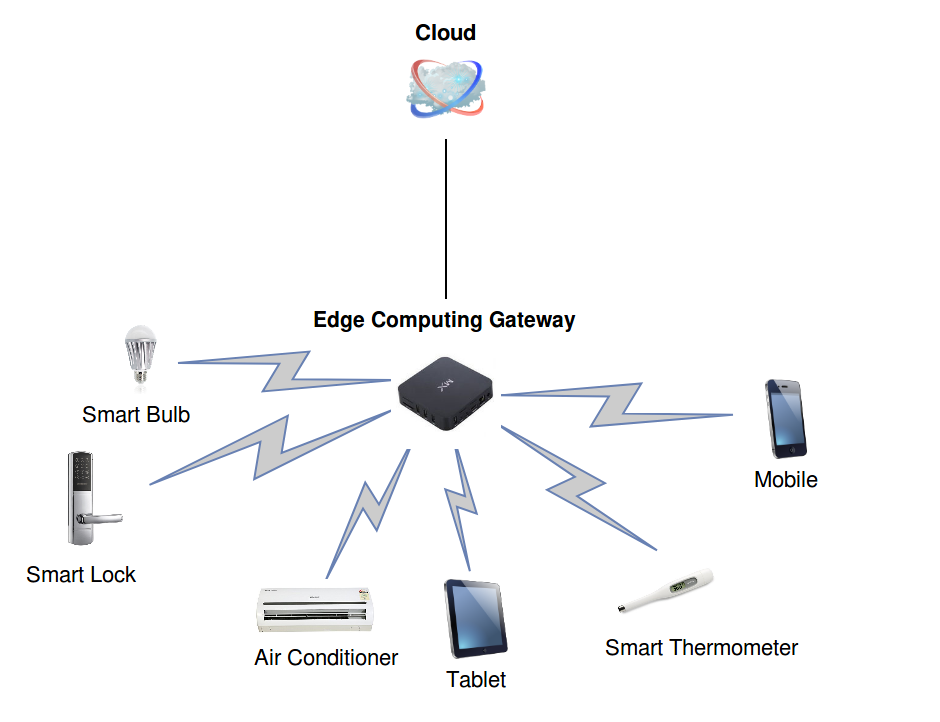Living on the Edge – Welcome to Edge computing
You may have heard the term edge computing and ignored it like a lot of people, but edge computing is the way forward.
At a basic level, edge computing brings computing and data storage closer to the hardware where it’s being gathered, rather than relying on a central location that can be thousands of miles away. This is done so that data, especially real-time data, does not suffer latency issues that can affect an application’s performance.
Edge computing started alongside the Internet of Things (IoT) – you know those devices that can help you in your day to day life? Think smart meters, apps that turn your lights on at home, anything that uses the internet to talk to another computer.

Since IoT upped in popularity, edge computing came too. Decisions can be made closer to the source rather than being pinged across the galaxy to a satellite, or computing cloud to then be bounced back. Edge hardware takes the role of a local gateway, using networks close to the initial device.
The explosive growth and increasing computing power of IoT devices has resulted in unprecedented volumes of data. And data volumes will continue to grow as 5G networks increase the number of connected mobile devices. The more data, the more bandwidth is being used, and the slower transmitting becomes.
Edge is good for reducing downtime on important decisions and increasing data storage for devices that require it. Edge combined with an IoT device could allow split-second decisions, for example deciphering whether a person caught on a security camera is an employee or someone more sinister, or even a sensor at an oil refinery being triggered. If an oil spill is about to happen, you want to know asap.
Edge computing is also used for Cloudflare Domain Name Systems (DNS). When you perform an internet lookup your computer asks the DNS server what www.thisname.com is in terms of an IP address – the DNS server gives back something like 18.35.245.24 and your computer knows where the website or resource is.
Cloudflare not only says where things are, it also has data centers worldwide keeping a local copy of records and content (also known as caching) to make it speedier to resolve queries.
As the world or perhaps population continues with technological advances, we should expect to hear more about Edge, IoT and how it can impact our day to day decisions.
At the moment, the security for Edge can be troublesome as the data can often go through various devises, rather than using a cloud-based system. This is something for the IT professionals to work on in the future. Watch this space …
Check out this short video on Edge computing.
